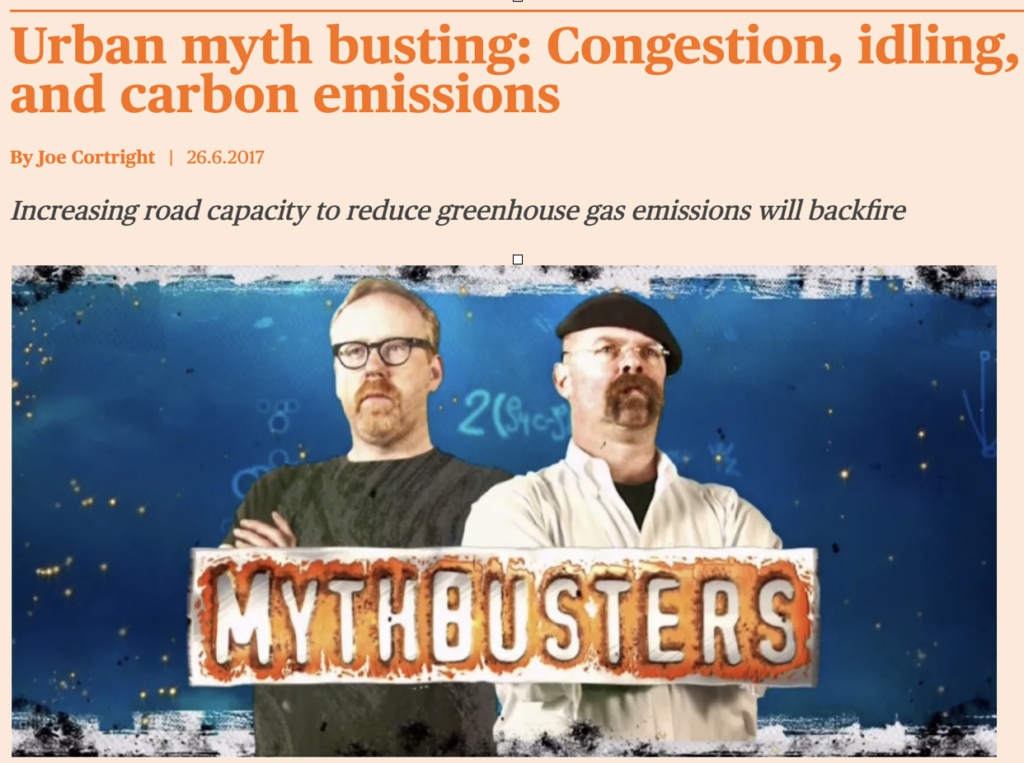The Republican and Independent candidates for Oregon Governor are happy to spout a convenient myth that we can fight climate change by widening highways.
That myth has been completely disproven: wider roads encourage more driving and more greenhouse gases
Advocating for more and wider roads is climate change denial
Oregon has been one of the nation’s leaders in recognizing the dangers posed by climate change. The state enacted a first-in-the-nation goal of cutting greenhouse gas emissions by 75 percent from 1990 levels by 2050. While we’ve been frequent critics of the efficacy of some of the steps in the state strategy, each of Oregon’s last several Governors have made it clear they support strategies to address climate change.
In the November 2022 election, voters will choose between three competing candidates: Democrat Tina Kotek, Republican Christine Drazan and Independent Betsy Johnson. (Incumbent Governor Kate Brown is term-limited). All are former state legislators. Recently Oregon Public Broadcasting interviewed each of the candidates on their position on climate change.

To their credit, OPB focused the discussion on transportation emissions, which are the largest source of greenhouse gases in the state, and which have been increasing in recent years.
Drazan:
I support widening our highways, by building more lanes. I believe we can both reduce traffic times and reduce emissions from idling engines.
Johnson:
Of course I would increase highway capacity when necessary to more efficiently move vehicles through our highways. The more we maintain efficient flow, the less emissions will be released.
Tina Kotek, at least, didn’t repeat the “wider highways mean less idling and will reduce emissions” canard. She also reiterated her support for Governor Kate Brown’s Executive Order directing state agencies to plan for reductions in greenhouse gas emissions (something the other two candidates say they would rescind).
As we’ve pointed out before at City Observatory, the claim that wider roads, faster traffic and less idling means lower greenhouse gas emissions has been scientifically disproved. And some of the best science on the subject comes from Oregon, specifically Portland State University.
This myth has been repeatedly debunked
The science on this question is unequivocal and uncontested: making traffic move faster in urban settings, whether by expanding capacity or “operational improvements” to increase traffic flow tends to induce more traffic. The higher volume of traffic causes congestion to quickly return to previous levels, and the combination of more vehicle miles of travel and no long term change in congestion, means that greenhouse gas emissions actually go up. The literature refers to this as “the fundamental law of road congestion.” The most definitive study of the question was completed right here in Oregon, by transportation researchers Alex Bigazzi and Miguel Figliozzi, in a paper published by the Transportation Research Board,. Their work showed that increasing capacity on congested roads to allow traffic to move faster and more smoothly actually increases total emissions.
For those who are interested, here’s a link to the video of Alex Bigazzi presenting the findings of his research at Portland State University in 2011. The takeaway: greenhouse gases are tied to how much and how far we drive, not to the speed of traffic or the time spent idling. There’s no relationship between overall traffic congestion and carbon emissions.
It’s great that all three candidates for Oregon’s Governor are willing to acknowledge the scientific fact of climate change. But the science doesn’t stop there: repeating the myth that speeding traffic or reducing idling will lower greenhouse gas emissions is simply flat-earth thinking and climate denial.
Falsely claiming that reduced idling will lower greenhouse gases is a popular lie among highway advocates. Current Oregon DOT director Kris Strickler made this a centerpiece of his confirmation testimony in 2019. But repeating this lie doesn’t make it true. What it does do is further delay taking action that would really address the climate crisis.


